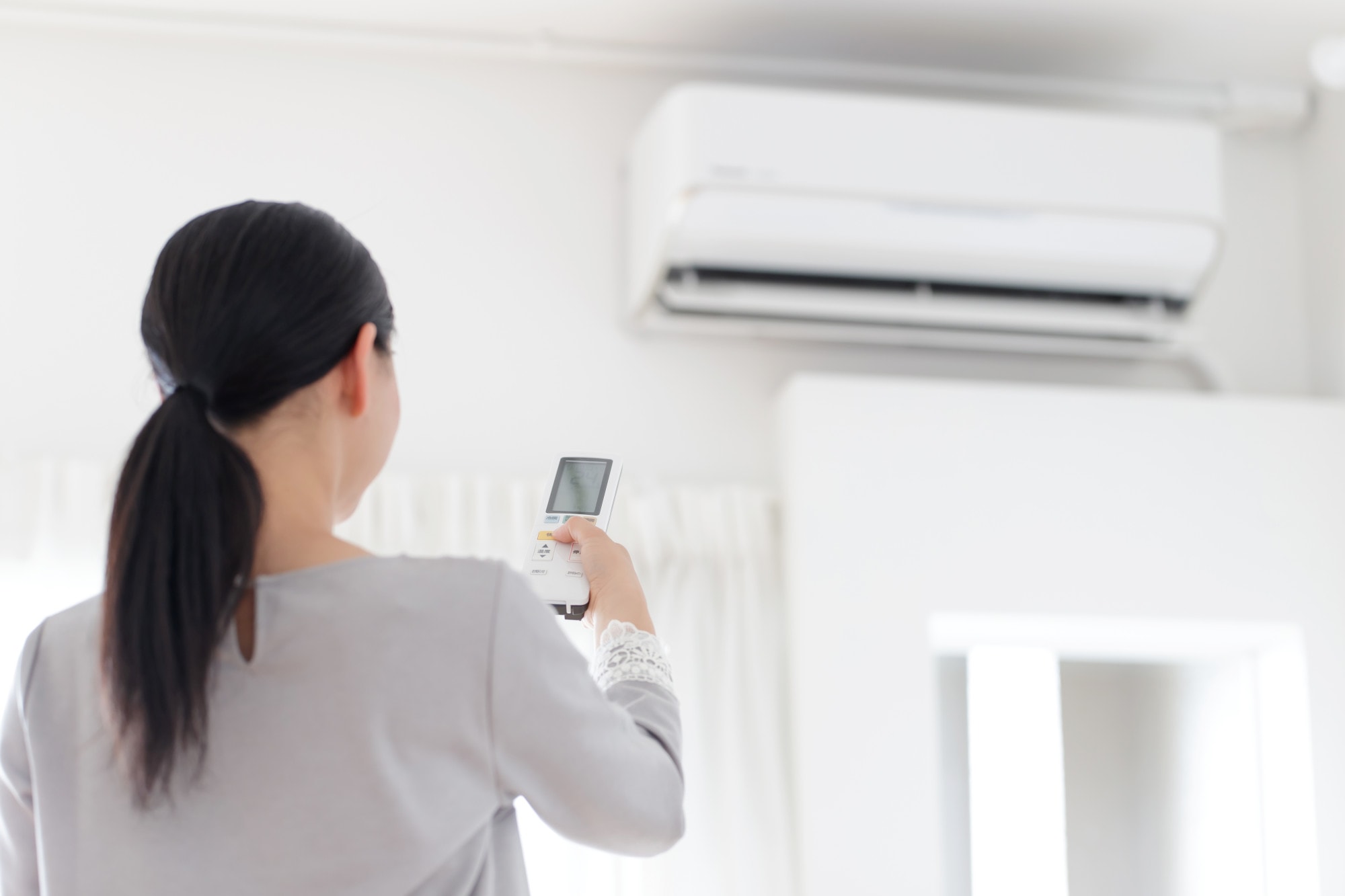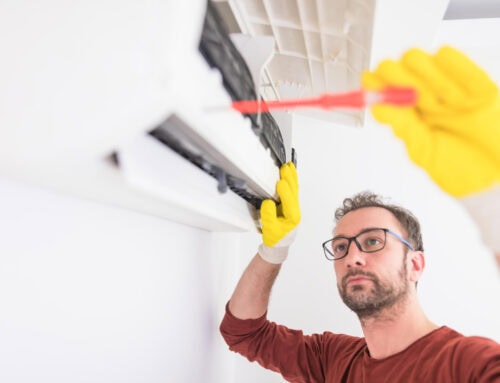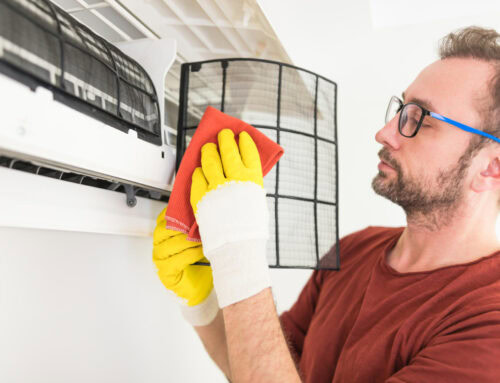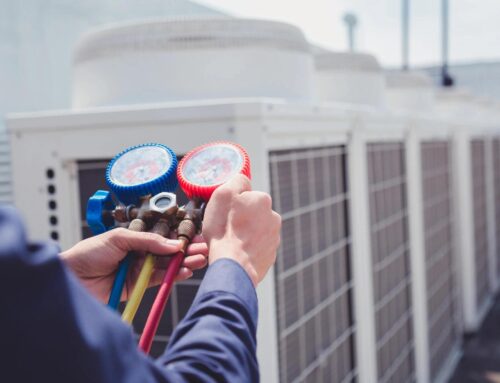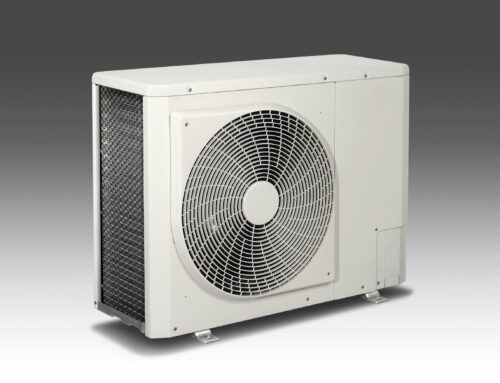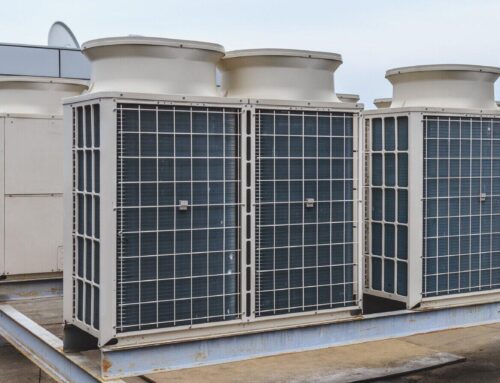When you think of air conditioner maintenance, chances are that you’re not thinking about the drip pan. Instead, what comes to mind is changing the air filter. Or perhaps replacing the belt and making sure it is tensioned appropriately. Or maybe even checking the blower motor to ensure that it hasn’t burnt out.
But your drip pan? Why in the world would you check that?
Well, truth be told, your HVAC drip pan is actually one of the most significant ways that your entire HVAC system could go wrong. If you don’t take good care of your drip pan and include it on your maintenance checklist, then you could find yourself coming home one day to a house that resembles a sauna.
In this article, we’ll help you to avoid that unfortunate situation. We’ll teach you all about your AC drip pan.
What is an HVAC Drip Pan?
Before we start discussing how an HVAC drip pan goes wrong, it’s crucial that you first completely understand what the drip pan is and how it works.
The concept behind an air conditioner drip pan is fairly simple. This component is exactly what it sounds like: a flat pan for fluid to drip into. In this case, the fluid is condensate.
One of the crucial steps in cooling air is removing moisture from it. Once that moisture is removed, it has to go somewhere. This is where your drip pan comes into play. Without the pan in place, the moisture would drip through the unit.
And any savvy property owner knows that moisture left unchecked causes mold growth, which is something that can kill indoor air quality and massively impact property values.
How Do Drip Pans Go Wrong?
An HVAC drip pan typically goes wrong in one of two ways.
The more common issue is a crack in the drip pan. A crack in the drip pan means the same result as if there was no drip pan at all. The condensate leaks through your entire system and causes mold growth throughout. Left unchecked, the AC drip pan leaking could easily mean that you’d have to replace your entire ducting system, if not the AC unit as well.
The other issue is overflowing in the drip pan. This is typically caused by a blockage in the piping that drains condensate out of the pan. This issue would also cause moisture in your air conditioner system.
Thankfully, mitigating both of these problems is easy. Just make sure to regularly check your drip pan area for any leaks. And if you see it overflowing, call in a technician ASAP to diagnose the drainage block.
HVAC Maintenance, Made Simple
Now that you know what your HVAC drip pan is and how to take care of it, you are far better equipped to ensure that your central air conditioning unit is maintained correctly so that it can stay operational for a long time.
If you need any help maintaining, fixing, or installing HVAC on your property, then be sure to contact us today!

